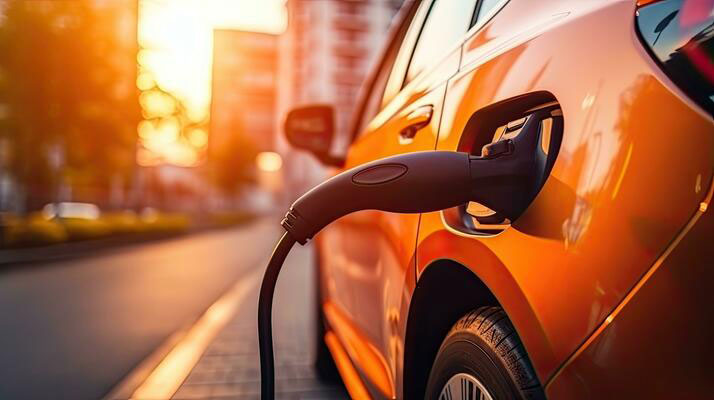People are still buying electric cars, but sales aren’t climbing as fast as they used to.
A recent report says that global EV sales went up 15% in August compared to last year. That sounds good, but sales grew a lot faster last year. This slowdown makes you wonder what’s happening with EVs.
Why All the Talk About EVs?
For years, electric cars have been a big deal. Governments wanted cleaner air. Car companies spent a lot of money on EV factories. People got excited about cars that looked cool, were quiet, and didn’t need gas. Tesla, BYD, Ford, Volkswagen they all tried hard to sell new models and push for an all-electric future. It was a big deal.But the August numbers tell a different story. EV sales are still going up, but not as fast. Are EVs running into issues? Or is this just a small bump in the road?
Why Sales Are Slowing
Let’s face it. EVs are still expensive. Lots of families can’t afford them. Even with deals, most EVs cost more than gas cars. When people are struggling to pay bills, buying a new EV is tough. Plus, charging can be annoying. There are more charging spots now, but it’s still not simple. On road trips, people worry about finding a place to charge or waiting for their car to charge. Gas stations don’t have this problem. If charging isn’t quicker and easier, some people won’t buy EVs.
Also, batteries are important. They’re needed to make EVs, and the metals used to make them, like lithium, can be pricey. When prices go up, car companies can’t keep EV prices down, which makes EVs less affordable.

Different Places, Different Results
EV sales are different depending on where you are. China is still doing well. The government is helping out a lot, and local companies like BYD are making affordable models. But even there, growth has slowed down a bit. Europe is struggling. Countries like Germany and France stopped giving as many deals, so EVs seem more expensive. People are waiting for prices to drop. The U.S. is complicated. Tesla is still popular, and there are more electric trucks and SUVs. But many people still aren’t sure. It’s hard to find charging stations, mostly outside cities. People in the country aren’t convinced yet. So, the global market is still growing, but how fast depends on where you live.
Investors Are Worried
Investors don’t like slowdowns. EV growth was supposed to be fast and easy money for car companies and investors. A 15% growth rate looks okay compared to gas car sales, which aren’t growing much. But it’s not as good as people thought it would be. This makes investors think hard. Tesla has already cut prices to sell more cars, and other companies might do the same. Small EV companies might have problems if they don’t have enough money.
Stories from Real People
This isn’t just about numbers it’s about people. Raj, a software engineer in California, wanted to buy an EV this summer. He liked the look and the idea. But when he saw the monthly payments, he changed his mind. He said it was too expensive right now. Clara, a teacher in Spain, wants to drive an EV but lives in an apartment. She doesn’t have a garage. The closest charging station near her work is always full. It’s not easy for her yet. These stories show why sales are slowing down. EVs are cool, but they’re not practical for everyone yet.
What Happens Next?
Don’t worry this isn’t the end of electric cars. Governments still plan to stop selling gasoline cars soon. Car companies have spent billions on EV factories and batteries. This change is still happening.
We’re just seeing a break. Growth can’t always be super fast. The EV market is pausing, slowing down to figure out how to make things better for buyers.
How Can We Fix This?
Three things could help EV sales grow faster:
Cheaper models – A good-looking $25,000 EV with decent range would get more people interested.
Better charging spots – More chargers that are faster and easier to find. If charging is as simple as getting gas, people will switch faster.
More help from governments – Deals and offers can help families afford EVs.
In short
EV sales are still growing, but slower. The 15% increase in August shows things are moving but also that there are problems. Car companies need to remember that going all electric won’t be easy. Buyers are seeing the difference between wanting an EV and being able to own one.
This slowdown isn’t a failure. It’s part of the plan. Electric cars are still the future – it might just take a little longer to get there.











